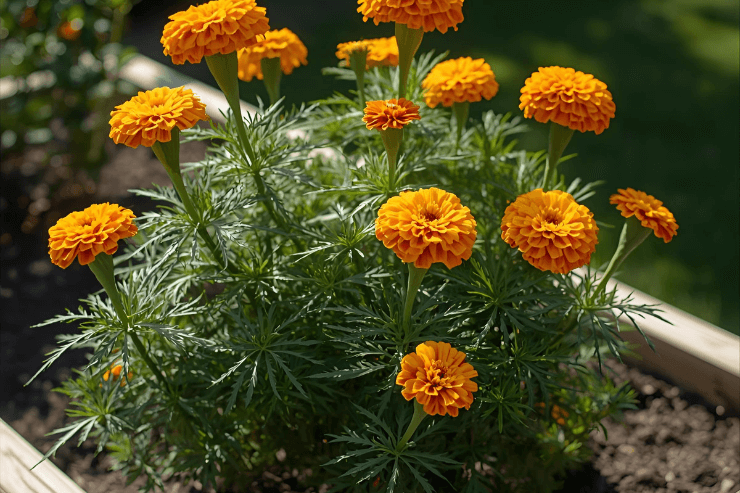
Gardening transcends mere aesthetics and enjoyment—it’s a profound tool for promoting environmental sustainability. By consciously cultivating your own garden, you not only develop a closer connection to the earth but also make tangible contributions to the health and balance of our planet. This chapter delves into the multifaceted ways in which sustainable gardening practices can champion environmental rejuvenation.
HOME-GROWN AND ORGANIC
Embarking on the journey of growing your own fruits, vegetables, and herbs significantly reduces reliance on large-scale commercial agriculture, which is frequently associated with excessive resource consumption, chemical use, and long-distance transportation. By taking the reins of your garden, you can ensure that only organic and natural ingredients touch your plants. This empowers both healthier ecosystems and more informed, sustainable eating choices.
COMPOSTING AND WASTE REDUCTION
Composting is nature’s way of recycling, ingeniously transforming kitchen leftovers, yard debris, and garden waste into a nutrient-rich medium for plants. Beyond just reducing the load on landfills, composting revitalizes the soil, replenishing it with essential minerals and organic matter, thus fostering plant health and growth.
NATIVE PLANTS AND WILDLIFE
Choosing to plant native species is an homage to the intricate beauty of your local ecosystem. These plants, having evolved in your region, are remarkably adept at thriving in the local conditions, conserving water, and offering nourishment and refuge to native wildlife. Their presence also means fewer inputs like fertilizers and pesticides, and they create a more resilient landscape overall.
WATER HARVESTING AND CONSERVATION
By harnessing rainwater for your garden’s nourishment, you create a sustainable loop that diminishes your dependency on treated municipal water supplies. Furthermore, adopting gardening practices like xeriscaping—landscaping with drought-resistant plants—and the judicious use of mulch can drastically reduce water wastage and create a garden that’s in harmony with its surroundings.
CARBON SEQUESTRATION
The earth beneath our feet has a remarkable capacity: healthy soil, teeming with organic matter, acts as a reservoir for carbon, playing a pivotal role in counteracting the adverse effects of climate change. Adopting certain techniques, like composting, introducing cover crops, and minimizing tillage, can greatly amplify your soil’s potential to sequester and store carbon.
In our subsequent chapter, we turn our focus to the heartwarming social dimensions of gardening. We’ll illuminate how gardens, beyond being sanctuaries of green, act as spaces that forge community ties and significantly uplift personal well-being.


 Previous
Previous

